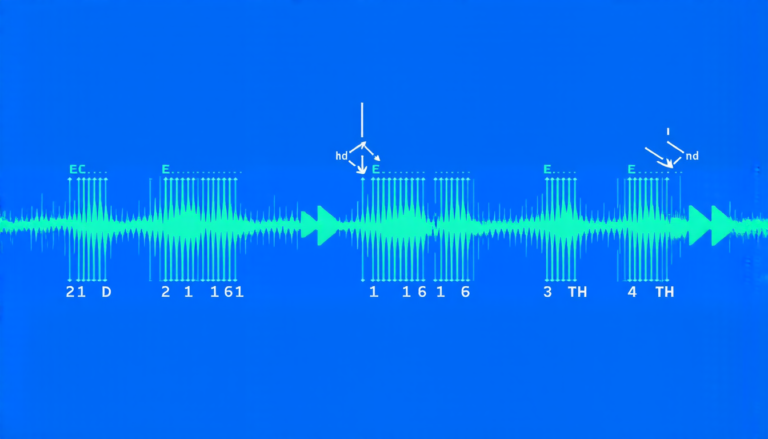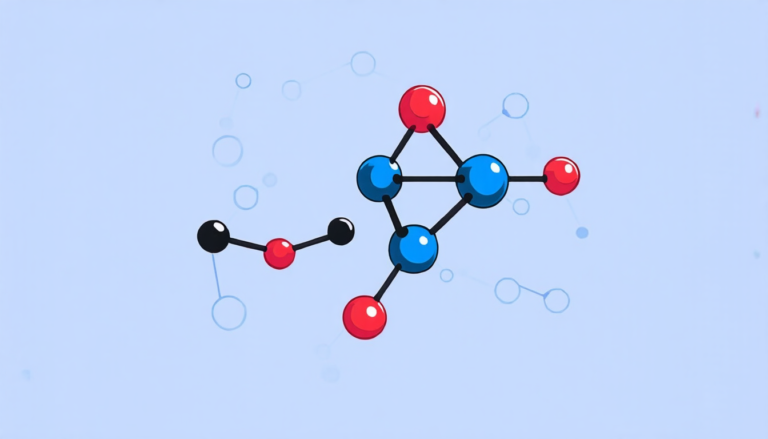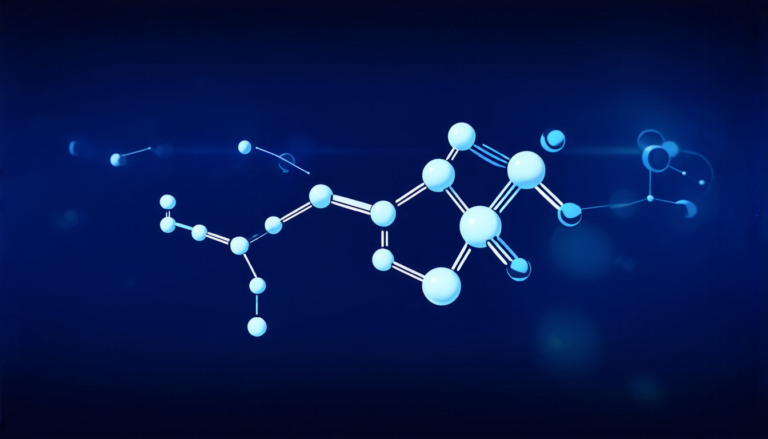Saturday 11 October 2025
Scientists have made a significant breakthrough in developing a new type of computer chip that could revolutionize the way we process complex data. The chip, known as Azul, is designed to tackle one of the biggest challenges facing modern computing: solving large-scale linear equations.
Linear equations are a fundamental part of many scientific and engineering problems, such as modeling climate change, simulating traffic flow, or optimizing supply chain logistics. However, as the size of these systems grows, so does the complexity of solving them. Traditional computers struggle to keep up with the demands of these problems, leading to slow processing times and limited accuracy.
Azul is a type of processor that uses a unique combination of spatial and temporal parallelism to tackle this challenge. It consists of a grid of small processing elements, each with its own memory and communication network. This allows Azul to process data in a more efficient and flexible way than traditional processors.
The key innovation behind Azul is its ability to exploit the inherent sparsity of many linear systems. Sparsity refers to the fact that many linear equations have large regions of zeros, which can be exploited to reduce computational complexity. Azul’s architecture takes advantage of this by using a distributed memory system, where each processing element has access to a small but fast memory.
This allows Azul to solve problems in a fraction of the time it would take traditional computers. In tests, Azul was able to solve large-scale linear equations up to 100 times faster than traditional processors. This has significant implications for many fields, from climate modeling to financial analysis.
One of the most exciting aspects of Azul is its potential to be used in a wide range of applications. Unlike specialized hardware that can only be used for one specific task, Azul is designed to be flexible and adaptable. It could be used for everything from scientific simulations to data analytics.
The development of Azul is a testament to the power of interdisciplinary collaboration. The research team consisted of experts in computer architecture, software engineering, and linear algebra, who worked together to design and test the chip.
While Azul is still in its early stages, it has the potential to revolutionize the way we approach complex data processing. As the technology continues to evolve, we can expect to see significant breakthroughs in many fields.
Cite this article: “Revolutionary Computer Chip Breakthrough: Solving Complex Data Processing with Azul”, The Science Archive, 2025.
Computer Chip, Linear Equations, Complex Data, Processing Speed, Parallelism, Spatial, Temporal, Processor, Memory, Sparsity







